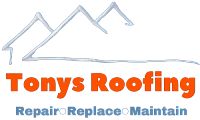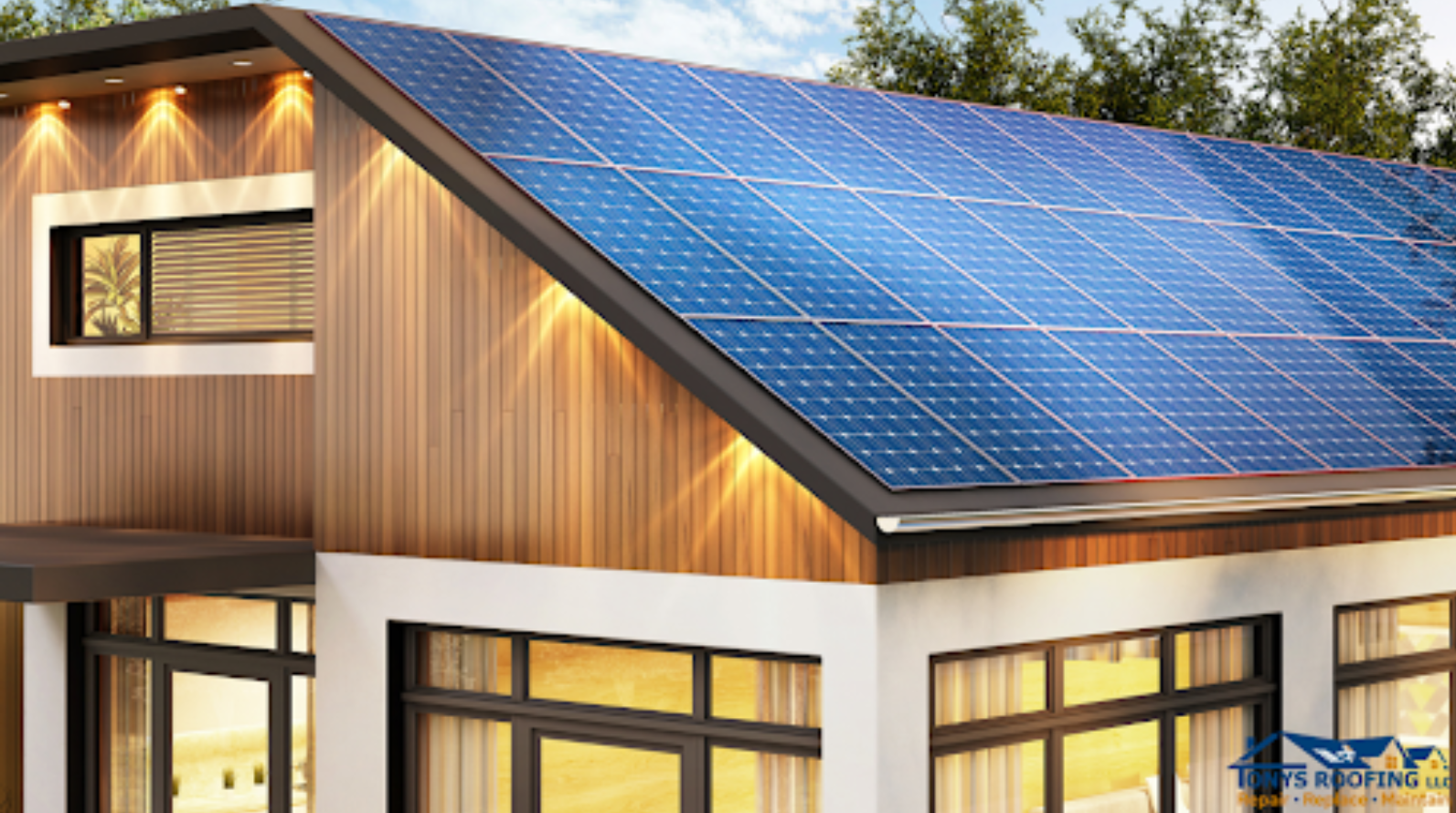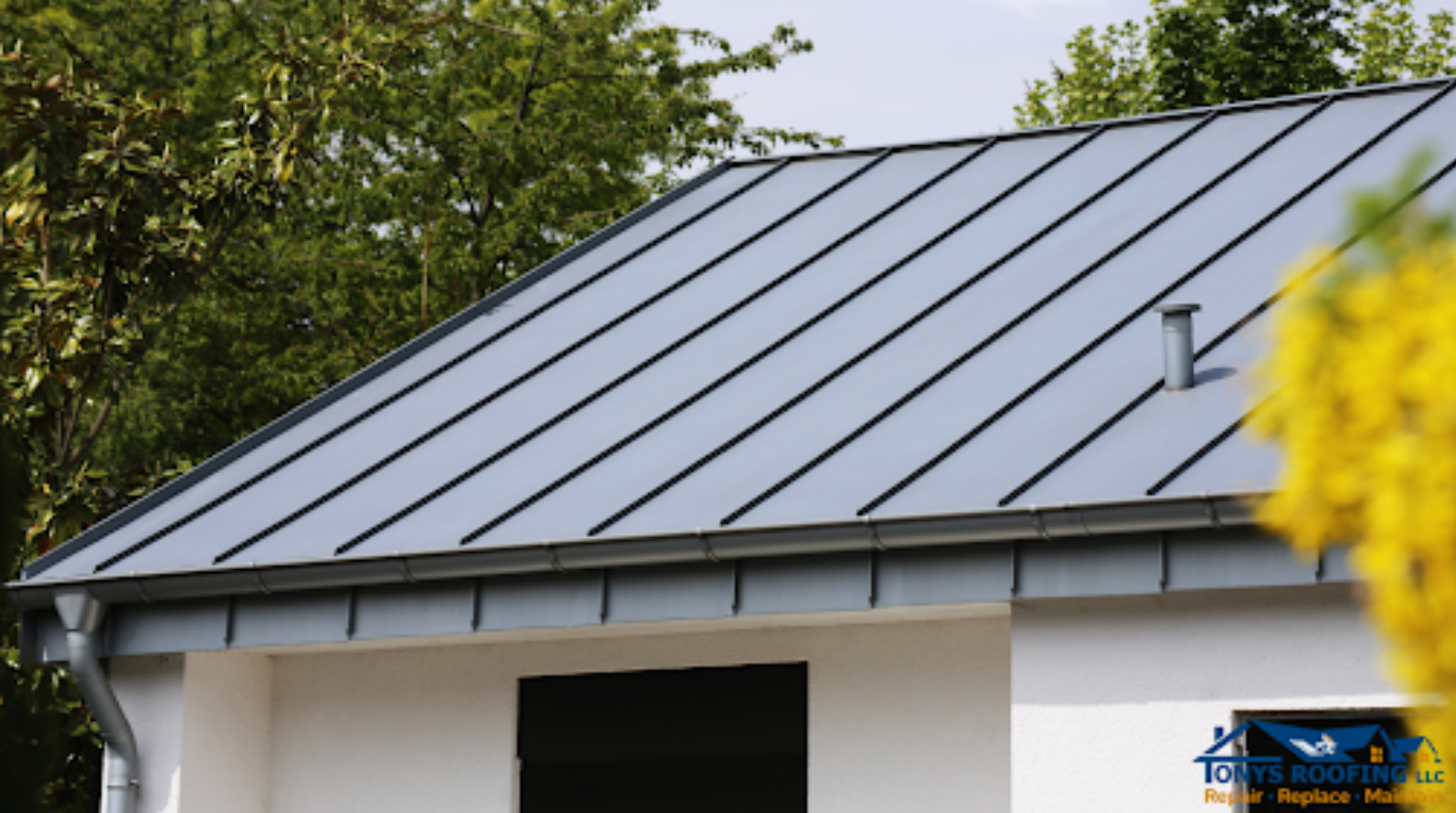Are you curious about the future of roofing design and how it could benefit your home? Roofing design is constantly evolving, with new trends appearing each year. From becoming more sustainable to introducing energy-efficient solutions, roofing design has seen a major shift in recent years—allowing homeowners to reap the benefits and capitalize on these advancements.
The question is, what do the top trends in roofing design look like heading into 2023? It’s essential to stay ahead of the game and incorporate the latest developments to add value to your home. In this article, we’ll explore some of the most popular roofing trends for 2023 and beyond, offering homeowners opportunities to make their homes more modern and energy-efficient. Let’s get started.
Sustainability Takes Center Stage
Sustainability is taking the roofing industry by storm and for good reason. Homeowners are increasingly looking for ways to reduce their carbon footprint and make their homes more eco-friendly. This means investing in modern materials that require less energy to manufacture and are more resistant to the elements.
Here are some of the top sustainable roofing materials to watch out for in 2023:
- Cool roof coatings that reflect solar radiation and reduce the temperature
- Recycled metal shingles that are more durable and require less energy to produce
- Sustainable wood shakes made from reclaimed wood
Embracing Minimalism and Modernism
You may have heard of the term “minimalism” in interior design, but what does it mean for roofing? In short, minimalistic and modern roof designs embrace clean lines, simple shapes, and neutral colors. This trend is all about creating a timeless look that will never go out of style.
Modern materials such as metal shingles, slate tiles, and synthetic composite shingles are perfect for creating a modern-looking roof. These materials come in various colors and textures, allowing homeowners to choose the ideal combination to match their home’s aesthetic. These materials are also durable and require less maintenance than traditional roofing materials.
Incorporating Technology for Smarter Roofs
Technology is making its way into roofing in a big way. Smart roofing systems are becoming increasingly popular, offering homeowners advanced solutions for monitoring and managing their roofs. These systems use sensors to detect leaks, temperature changes, and moisture levels, allowing homeowners to keep tabs on their roofs in real-time.
In addition to sensors, many smart roofing systems also come with automated features for controlling airflow and ventilation. These features can help reduce energy bills and improve indoor air quality, making them a valuable asset for any homeowner. You can also take advantage of software-based solutions that allow you to monitor your roof from anywhere using your smartphone or tablet.
With the advancements in roofing technology, you can enjoy a more secure and energy-efficient roof that requires less maintenance. Investing in a smart roofing system lets you rest easy knowing that your home is safe and well-protected.
Energy-Efficient Roofing Solutions
The use of energy-efficient roofing materials is gaining traction in the industry as more people look to reduce their environmental impact.
Here are the top energy-saving roofing trends for 2023:
- Installing reflective roof coatings that reduce solar heat gain and increase energy efficiency
- Investing in light-colored roof materials that reflect the sun’s rays and help keep temperatures down
- Investing in solar panel installations to generate renewable energy and reduce monthly electricity costs
Roof Gardens and Living Roofs

Whether you want to add visual interest or inject a bit of nature into your outdoor space, roof gardens and living roofs are excellent roofing choices. These stunning installations can provide aesthetic appeal as well as environmental benefits. The plants help keep the home cool in the summer and reduce energy costs by providing natural insulation.
Living roofs don’t just look beautiful—they are also a great way to add extra green space and biodiversity to the home. Homeowners can choose from various plants and flowers to create an oasis on their roofs. Not only do these installations look stunning, but they also provide much-needed habitats for birds, bees, and other wildlife.
Any home can benefit from adding a living roof, whether a terrace, balcony, or flat roof. The installation process is relatively straightforward, and the plants require little maintenance. Homeowners can enjoy a beautiful, eco-friendly space that adds value to their property.
Customization and Personalization
Have you ever wished your home had its unique look? Now more than ever, homeowners are looking for ways to customize their roofs to match their style and personality. Roofing designs have seen a resurgence in popularity that allows people to customize the look of their home from top to bottom.
From color palettes to shapes and materials, roofers can now create one-of-a-kind designs that stand out from the crowd. A few tips can customize and personalize your roof for a unique look:
- Incorporate custom-shaped skylights to bring natural light into your home
- Choose unique colors or patterns to reflect your personality and style
- Incorporate asymmetrical shapes for a unique, eye-catching look
- Install textured panels for a rustic, natural feel
- Go for a more traditional look with clay roof tiles or slate roofing panels
- Incorporate metal accents to create a modern, industrial vibe
Adapting to Top Trends in Roofing Design for 2023 and Beyond
The roof of a home is more than just an aesthetic feature—it offers protection from the elements, can boost efficiency levels, and helps to reduce energy costs. As such, it’s essential to keep up with the latest trends in roofing design and incorporate them into your home.
From minimalism and modernism to incorporating technology for smarter roofs and even adding a living roof, many options can add value and beauty to any home.
To ensure your roof is up-to-date and incorporates the latest advancements, it’s important to consult an experienced roofer who can provide the necessary advice and guidance. Get started today and reap the benefits of modern roofing design for years to come.









